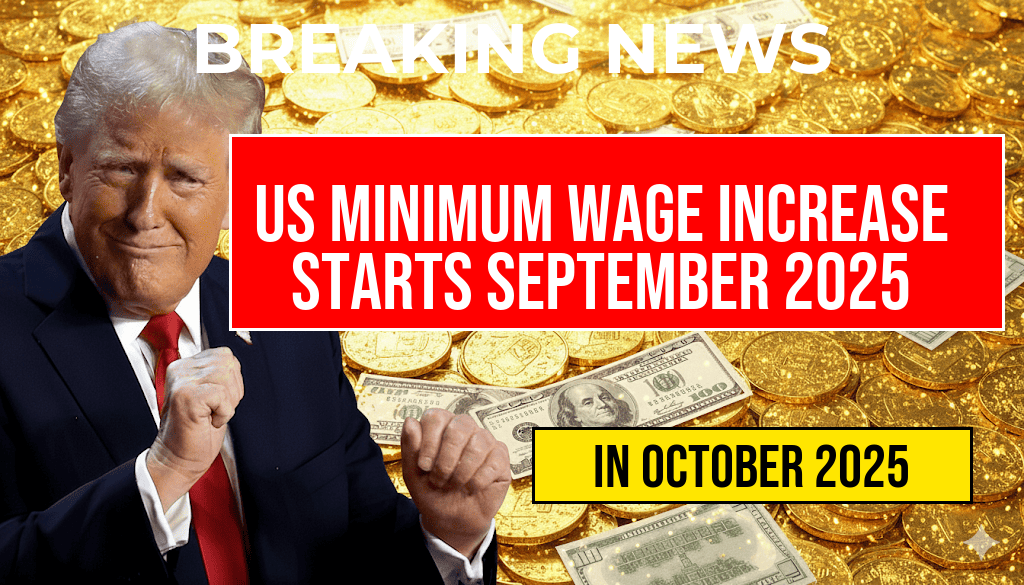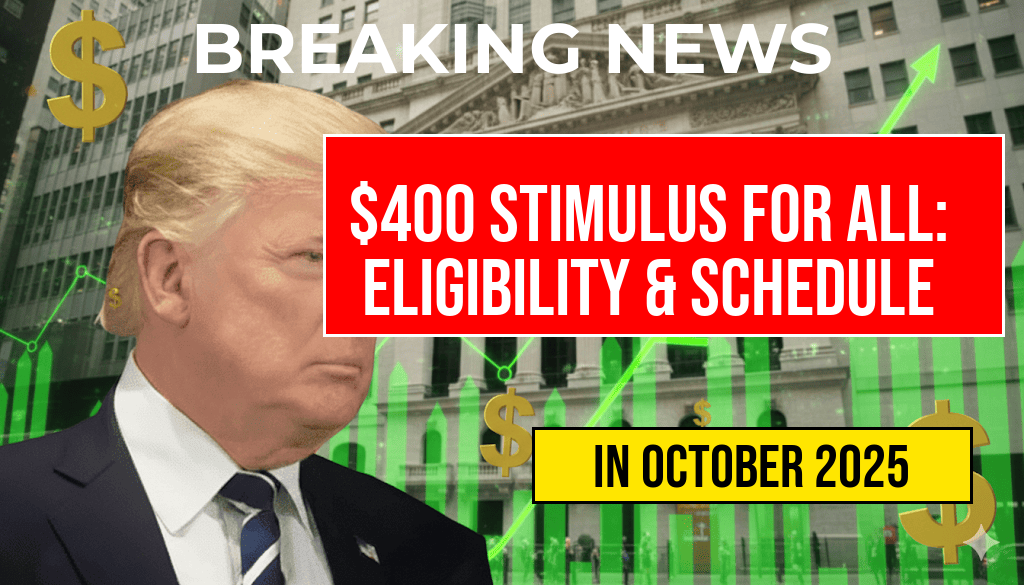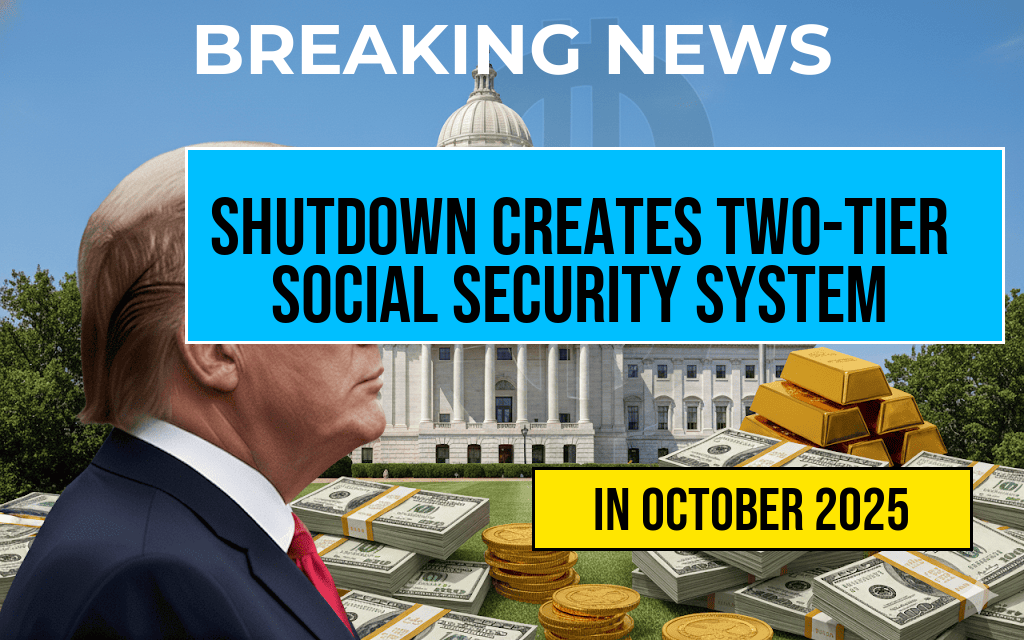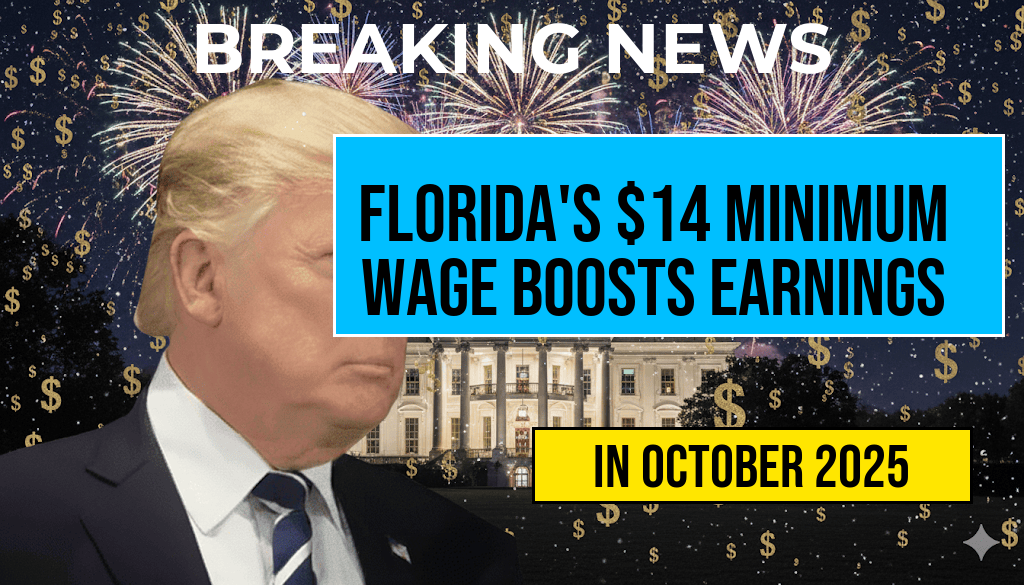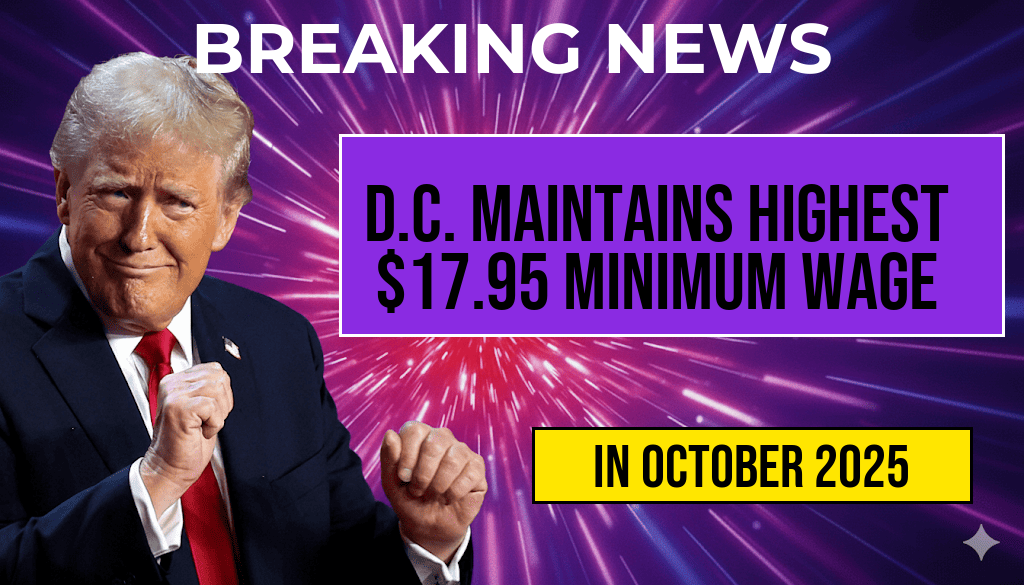The United States is set to implement a significant increase in the federal minimum wage, effective September 30, 2025. This adjustment marks a notable shift in the nation’s labor policies, impacting millions of workers across various sectors. The new rates aim to address inflationary pressures and bolster the earning power of low-wage employees, with some states and localities already establishing their own higher minimums. This comprehensive update provides a detailed list of the new hourly rates across different regions, illustrating the federal government’s renewed focus on economic equity and workforce support. Employers, employees, and policymakers alike will need to adapt to these changes, which could influence employment dynamics, consumer spending, and regional economic growth.
Understanding the Federal Minimum Wage Adjustment
The scheduled increase is part of a broader effort to enhance economic stability for low-income workers. The federal minimum wage, which has remained at $7.25 since 2009, will rise to $10.50 per hour nationwide, with further scheduled increases over the next few years. This move reflects ongoing debates about living wages, income inequality, and the role of government in setting employment standards. However, it’s essential to recognize that many states and cities have established their own minimum wages that surpass the federal level, often leading to a patchwork of pay scales across the country.
States and Localities with Higher Minimum Wages
While the federal increase sets a baseline, several jurisdictions have already committed to higher minimum wages. For instance, California and Washington maintain minimums above $15 per hour, reflecting their progressive labor policies. Cities like Seattle, San Francisco, and New York City enforce even higher rates, which are periodically adjusted to account for inflation and cost of living. These regional differences mean that the actual earnings for many workers will depend heavily on their geographical location.
Complete List of New Hourly Rates Effective September 30, 2025
| Region | Hourly Rate |
|---|---|
| Federal | $10.50 |
| California | $16.00 |
| New York (statewide) | $15.00 |
| Texas | $10.50 |
| Florida | $11.00 |
| Illinois | $13.00 |
| Massachusetts | $15.00 |
| Washington | $15.74 |
| Oregon | $15.50 |
| Colorado | $13.65 |
| Seattle (city) | $17.00 |
Impacts on Employers and Workers
The minimum wage hike is poised to influence employment patterns, business operations, and consumer behavior. Small businesses may face increased labor costs, prompting some to reassess staffing levels or operational strategies. Conversely, higher wages could lead to increased employee retention and productivity, potentially offsetting some of the added expenses. Workers earning at or near the new minimum are expected to experience immediate financial relief, with increased purchasing power that could stimulate local economies.
Potential Challenges and Economic Considerations
- Labor Market Adjustments: Some employers may reduce hours or automation investments to manage higher payroll costs.
- Cost of Living: Regions with high living costs might see calls for further wage increases beyond the federal minimum.
- Job Creation: The impact on employment levels remains a subject of ongoing research, with some studies suggesting minimal effect while others indicate possible slowdowns in hiring.
Legal and Policy Context
The federal minimum wage increase aligns with legislative efforts aimed at reducing income disparity. However, states and local governments retain the authority to set higher minimums, leading to a complex policy landscape. The U.S. Department of Labor continues to monitor wage compliance and enforcement, ensuring adherence to labor standards. For additional details on federal wage policies, you can visit the Wikipedia page on minimum wages in the U.S..
Looking Ahead
As the new minimum wage takes effect, stakeholders will closely observe its effects on economic growth, employment rates, and income equality. Employers and employees should prepare for adjustments, with many organizations revisiting compensation structures and operational policies. Policymakers will also continue evaluating the broader implications, balancing economic competitiveness with social equity goals.
Frequently Asked Questions
What is the effective date of the new U.S. minimum wage rates?
The new U.S. minimum wage rates will become effective on September 30, 2025.
Which states are affected by the minimum wage increase?
The minimum wage increase applies to multiple states across the country, with each state implementing its own new hourly rates.
How are the new hourly rates determined for different states?
The new hourly rates are determined based on state legislation and may vary depending on local laws, cost of living adjustments, and economic factors.
Will there be any changes to minimum wage for tipped employees?
Yes, some states may implement different minimum wages for tipped employees, which could be adjusted along with the general minimum wage increase.
Where can I find the complete list of new hourly rates for each state?
The complete list of new hourly rates is available in the official article, providing detailed information for each state effective from September 30, 2025.

